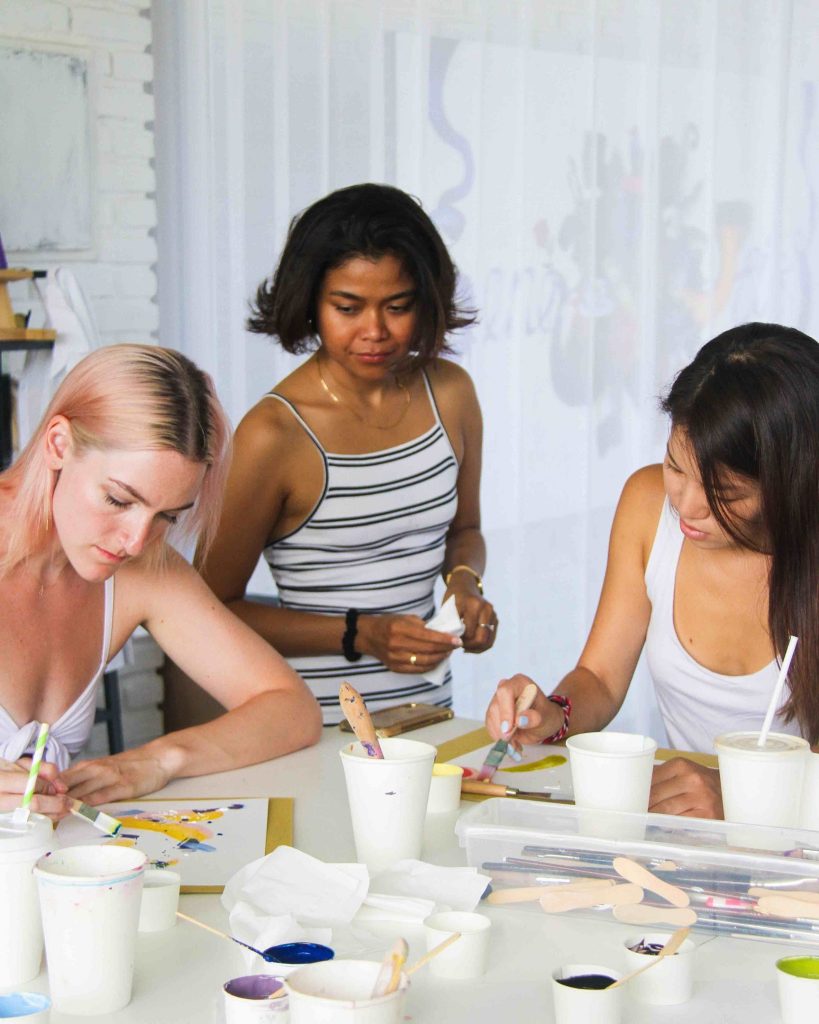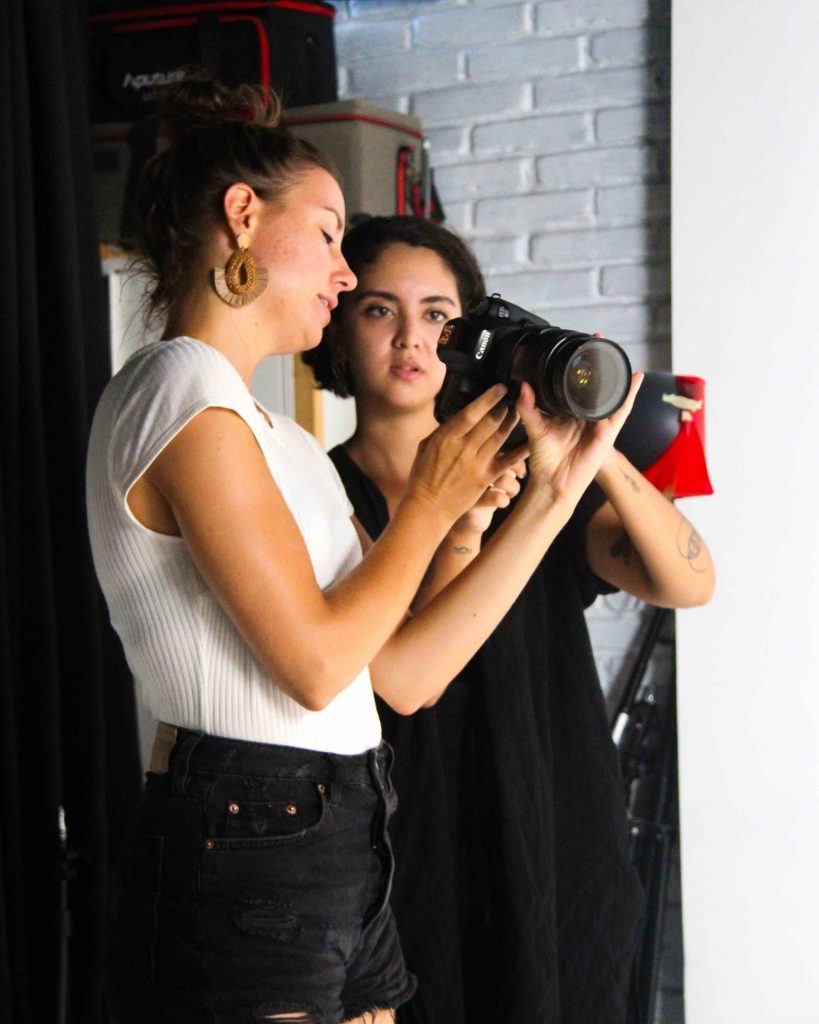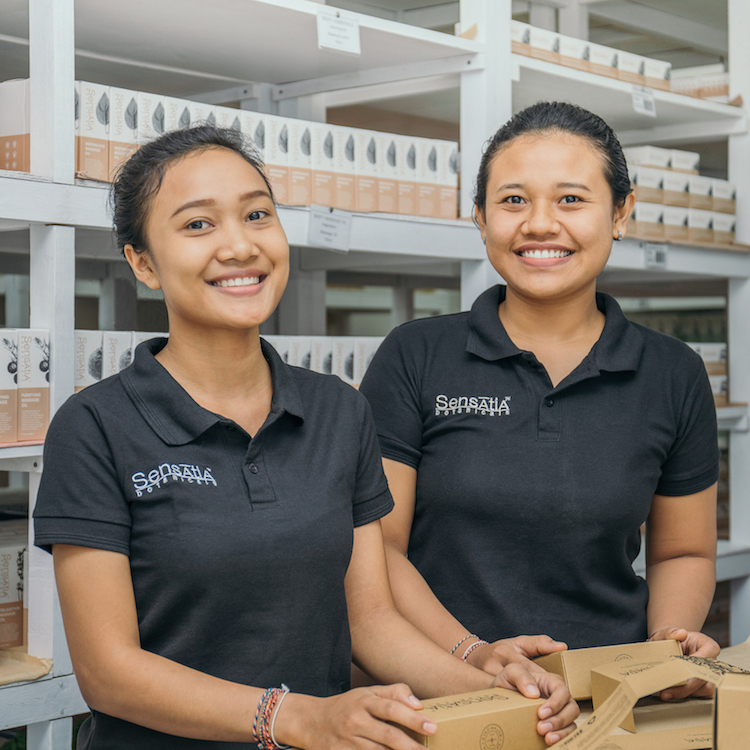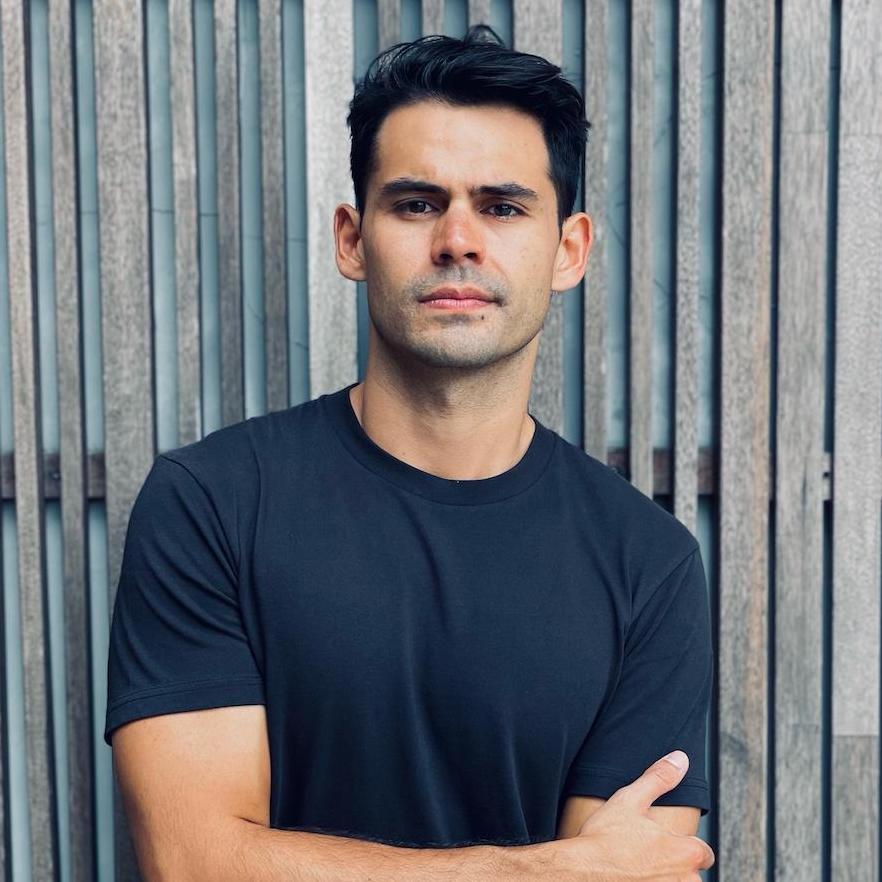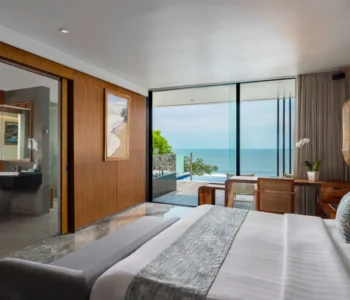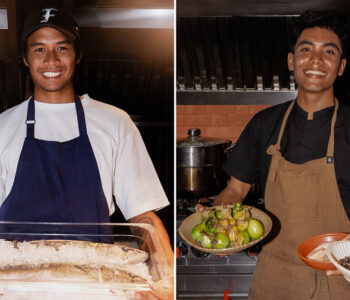What the last few years has shown us here in Bali is that too much of the island is dependent on one industry: tourism. Are there other industries that are worth exploring and expanding for Bali’s economic future?
According to a study by the Indonesia Institue (Monash University), 80 percent of Bali’s GDP is dependent on the tourist economy, a figure first shared by Al Jazeera (2018). Whilst the figure has since been considered too high, there is little doubt that the island finds itself at the mercy of the success of tourism.
From bombings to eruptions and now Covid-19, the downturn in travel has ripple effects that extend into the agricultural, construction, retail sectors, on top of the hospitality industry.
But these are points we’ve all heard before; articles have long pointed out the pitfalls of a single-industry dependency and this narrative has been further pushed during the global pandemic. What very few have done is offered solutions.
Here, we shed light on the huge potential Bali really has, in its art, creativity, produce and more. Industries that already exist, and have the capacity to grow and develop.
Continuing the Legacy
Long before the arrival of Walter Spies in 1927, art (in all forms) has been central to the Balinese identity. The traditional Kamasan paintings that decorate the roof of KertaGosa Pavilion, or the intricate wood carvings that adorn balés or give life to characters in dance in the form of masks, these are testament to how art runs thick through the veins of the Balinese.
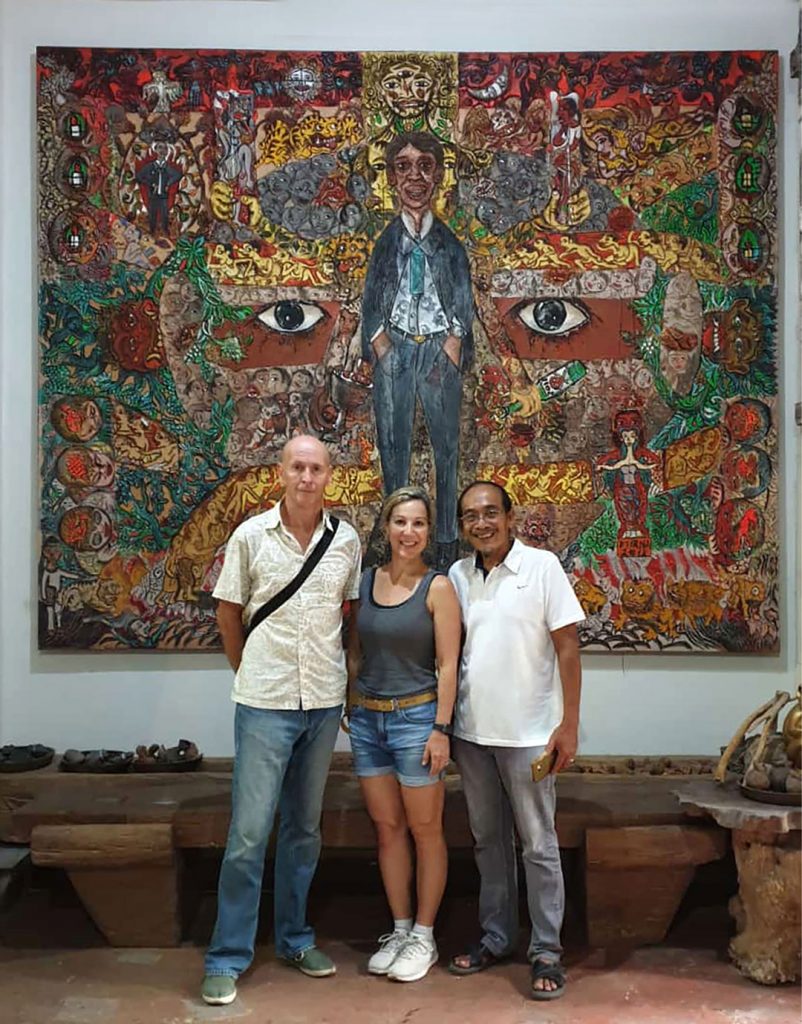
Following Walter Spies, a flurry of foreign artists descended upon the island in the 30’s, all of whom developed the existing Balinese talent into commercial success and thriving communities, such as the Pita Maha Art Guild. Art put Bali on the map, and its art was showcased around the world. Since then, sadly, Balinese art has become sidelined – whilst still developing, it by no means is getting the attention it deserves in the modern world.
According to Bali art expert, Richard Horstman, the lack of access to information and the general infrastructure around art have been huge obstacles to the development of this market. “When tourism is low, [art] sales are also generally low,” admits Richard, further emphasising the pitfalls of tourism dependency.
“Two of Bali’s most well known and important contemporary artists, I Made Djirna and Agung Mangu Putra, have flourished and continue to do so completely outside of tourism. [Furthermore], the new digital art world supported by social media platforms has connected artists to new buyers and sales continues during periods of low tourism as more artists become tech savvy. Their market is different and they do not need to focus on the tourist market.” shares the writer and art presenter.
So, there is clearly potential, but what needs to be done?
“If the major tourism stakeholders, art world stakeholders and the Bali government were to work together, much could be achieved.”
“A practical and cost effective way to kick start this would be to create a central digital portal of all information about art in Bali in which tourists, art lovers, collectors, researchers and the public could find essential information according to their needs and curiosities. The government could return to policies supporting the development of art and cultural tourism,” he continues.
Yes Richard, we couldn’t agree more! Interestingly, developing the Balinese art market would only further international interest in Bali as an art destination, creating a newfound interest in art tourism to the island as a positive side effect.
The Creative Nomad
Outside of the traditional art world, other creatives have found refuge on the island of the gods. They are the content creators of the digital world, unrestricted by space or place, the creative nomad.
One business in Bali has benefited immensely by this new wave. Genesis Creative Centre is a multidisciplinary creative hub, providing fully-equipped art, fashion, photography and music studios to the public.
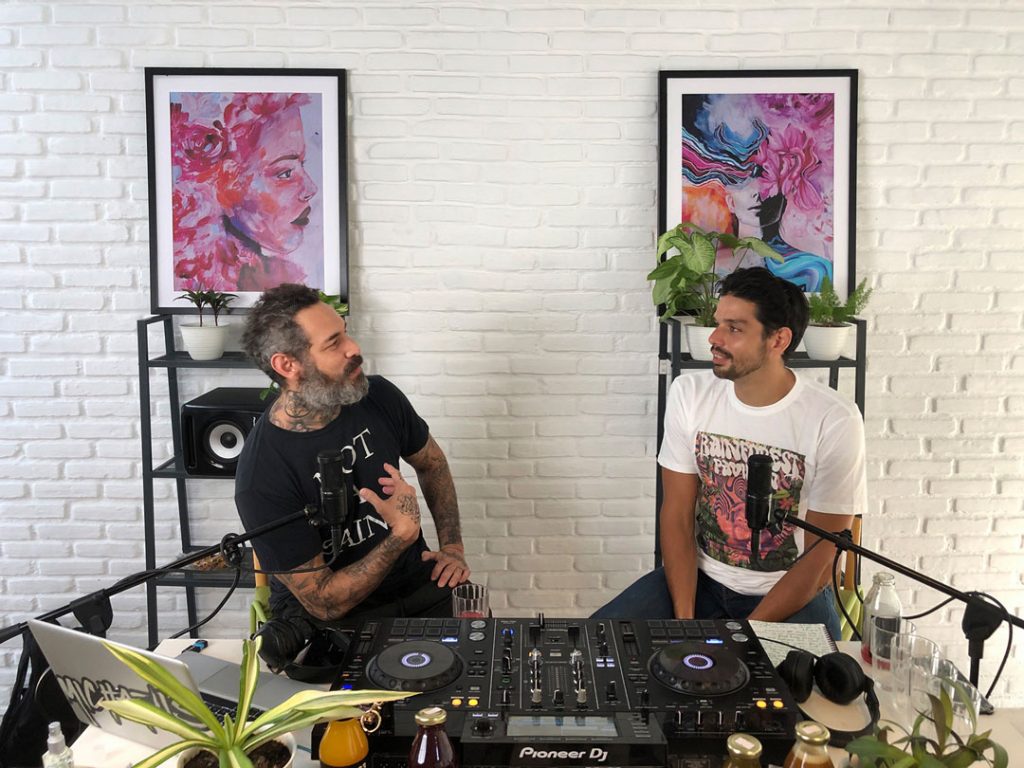
“We realised back in 2014 that access to creative tools and space were limited. What the pandemic has validated was the shift to online forms of business but the method of getting there is through creative means,” say the team at Genesis.
The unique services of Genesis has meant that business interest actually increased during the Covid-19 crisis, as podcasters, painters, photography tutors, DJs, yoga instructors, singing coaches and more needed a way to engage with both local and global audiences during lockdown.
This indicates that there is a market for creative creation on the island, so what’s missing?
“History has shown that Bali is overflowing with creative people, local and foreign. There is an amazing energy to the island that induces inspiration but the industry to support actual creation is limited. The creative industry has the ability to work symbiotically with so many other sectors and across multiple platforms, sheltering it from the effects of tourism”, Genesis shares.
“Ideally, the creative industry needs to be given more importance to people at an early age. This already happens as part of a Balinese Hindu upbringing, but a non-religious creative expression and legitimate translation to business should be made clear. There needs to be an investment in driving confidence and support into the creative industry. Genesis is a piece of that puzzle.”
Mother Nature Provides
Whilst Bali’s natural environment is often revered for its beauty, it also provides in abundance. Agriculture makes up for 13.53 percent of the island’s economy, with coconut, coffee and cacao topping the production on the island. Fishing, too, makes up a huge percentage.
What portion of this production is used to provide for the tourism industry is not entirely clear, but this highlights an opportunity to pivot productivity for non-tourist markets.
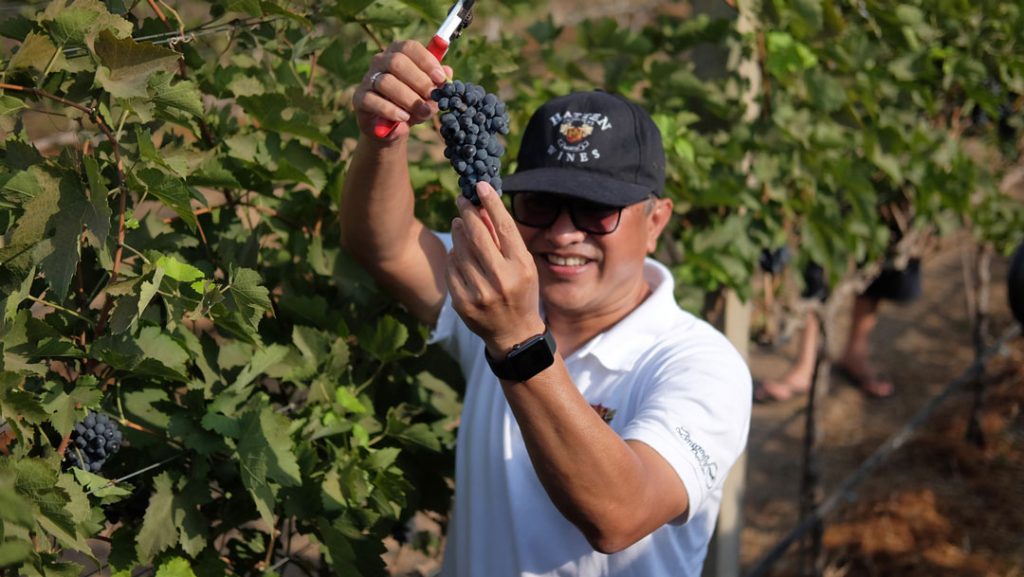
One of the earliest innovators in agriculture was Hatten Wines, Bali’s original winery founded in 1994. “We use 100 percent Balinese ingredients, all of our grapes variants are proudly grown in the Northern Bali region”, shares Ida Bagus Rai Budarsa, Founder and CEO of Hatten Wines.
Hatten has helped to revive what was a dwindling grape farming industry in dry North Bali. “[We] now support 200 suppliers and 100 local farmers on the island”, Pak Gus Rai continues.
Although, Gus Rai admits that he is not immune from the sufferings of tourist drops. “When the hospitality industry suffers, so many other industries will be affected too.” However, Hatten have recently introduced international grape varieties into the region – including Syrah, Malvasia Nera, Colombard, Chenin Blanc and Muscat Bleu – opening up game changing opportunities for Indonesia’s wine industry. “For the past few years, we’ve been targeting local consumers in Bali and Indonesia, but we also aim to start exporting our wines overseas in the near future,” says the pioneer.
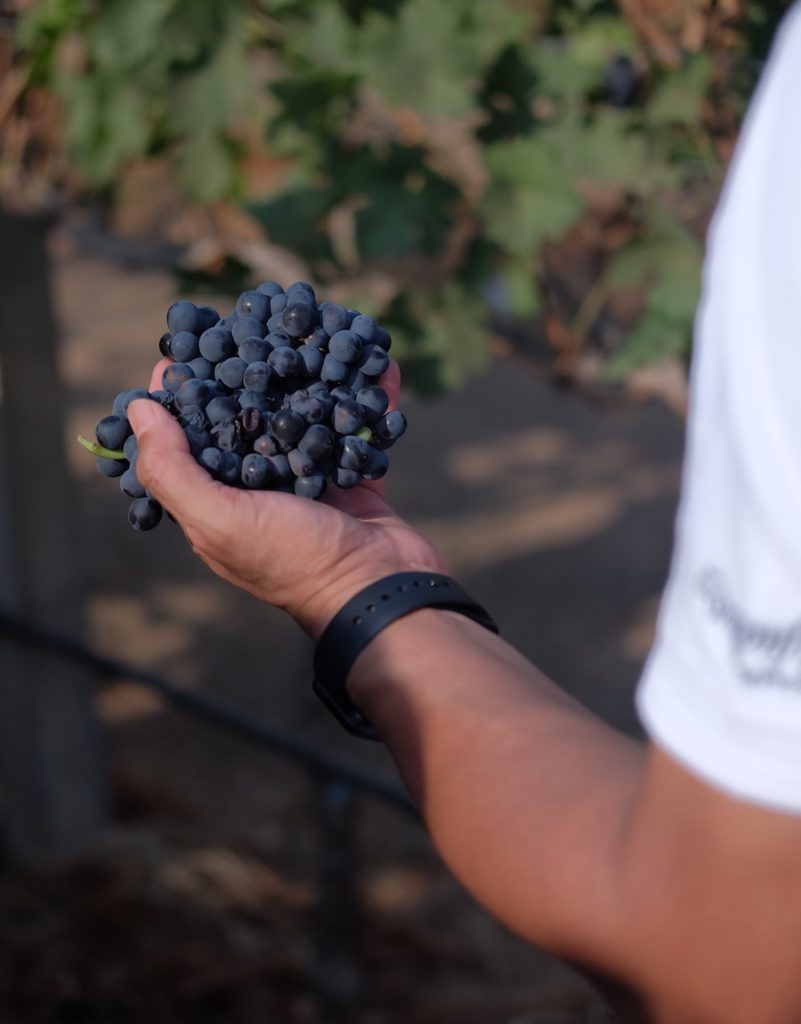
Gus Rai believes that Bali is ripe for a positive alcohol production industry. Developing the industry “will not only give colour and choice to consumers, but will be hugely beneficial for the local government, a huge contributor to local income.”Gus Rai’s family also founded Dewi Sri, a company producing the local spirits of arak and brem, rice wine varieties which have the potential for export. Along with other wine and alcohol producers on the island, the industry provides income in the agricultural, manufacturing, hospitality and trade sectors.
Another example of this is shown by Sensatia Botanicals, a hugely popular, all-natural skincare brand produced in Bali.
“80 percent of Sensatia products (by weight) are made from materials sourced in Bali or Indonesia”, shares Sensatia’s owner and MD, Michael Lorenti Jr. Founded in 2000 in the East Bali village of Jasri, Sensatia has from its inception shared 20 percent of its revenue with their soon to be 190 employees, ‘siphoning a small portion of the world’s affluence into a much deserving village’, as their company profile states. The Robin Hood of skincare, if you will.
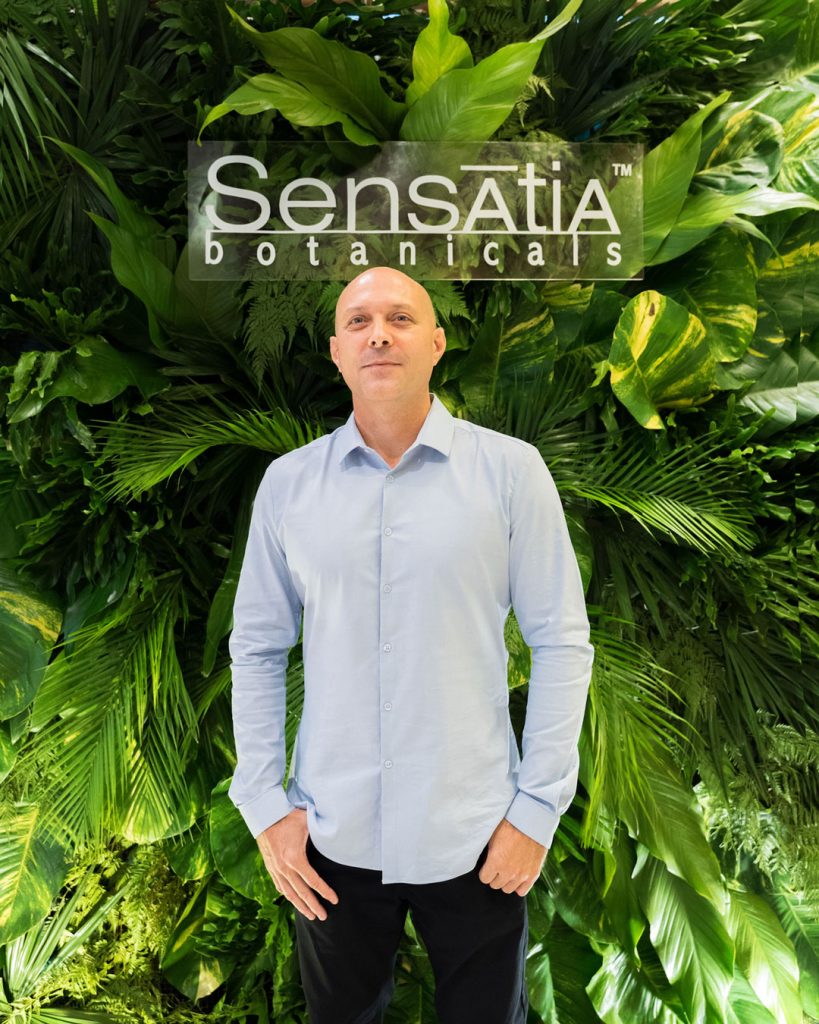
Sensatia is an exciting case study as they have successfully taken Balinese natural products (such as sea salt, or seaweed), manufactured in Bali and have made a commercial success but nationally and internationally. Whilst their humble beginnings began by supplying the hospitality industry, “this [now] only makes up about 20% of our business”, shares Michael.
Covid-19 is of course a rare scenario where the whole world is effected, but in the event of a drop in tourism, Michael has long since diversified Sensatia’s market to cushion the blow.
“There is still so much of potential in developing and producing world class products that are desirable in every market around the world. We already see the chocolate industry in Bali and Indonesia really springing up. My friend Aaron from East Bali Cashews does an excellent job of bringing product from farm direct to market. That is the best concept around… from growing the raw materials all the way to a well-designed, finished retail product ready for distribution.”
Whilst exporting is often a dream for retailers, Michael believes Indonesia is also its very own market. “There is something I feel that needs to be shouted from the rooftops is do not forget the huge potential of the local market! Indonesia is the fourth most populated country in the world!” He shares how during Covid-19 his loyal Indonesian consumers have kept the wheels oiled, utilising WhatsApp (bit.ly/sensatiaWA) deliveries and their strong ecommerce base bit.ly/sensatiaLT to send products around Bali, Jakarta, Bandung, Surabaya and more.
Bali should take a page from Sensatia’s book. Whilst tourism was its birth, diversification has meant effective survival in times of woe.
Sensatia and Hatten Wines prove there is definitely capacity in supporting Bali’s agricultural and manufacturing sector by creating high-quality retail products. These should then be marketed to a matrix of the tourist and national markets, and the export market if possible. This would bolster a huge proportion of farms and suppliers from a tourist downturn.
We have only scratched the surface of Bali’s potential. There are countless industries in Bali that could be developed, such as the culinary industry, healing and wellness, fashion and textiles, antiques and furniture, just to name a few.
Other than diversifying the island’s economy, these industries all hold within them a very Balinese core, which would spread the ‘Bali brand’ around the world in many different ways. This will only further showcase the extraordinary capacity of Bali’s people, culture and nature.
Thanks to:
• Richard Horstman: www.lifeasartasia.art
• Genesis Creative Centre: www.inspireatgenesis.com
• Pak Gus Rai: www.hattenwines.com
• Michael Lorenti Jr: www.sensatia.com

